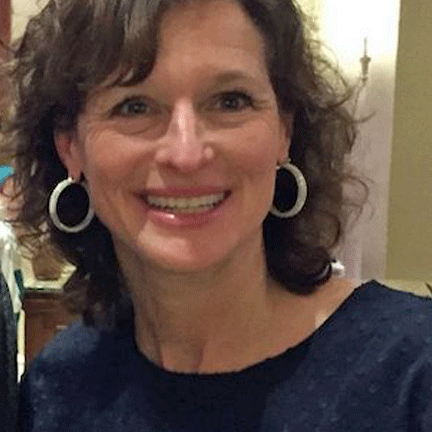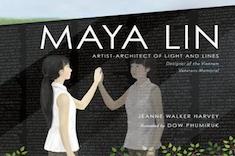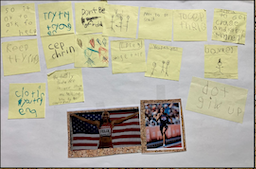At the end of the school year, a child handed me this poem, and I was struck by the line You make me feel like I belong here. As I read this, I wondered if all kids feel like they belong. Of course, I hoped that was true, but was it?
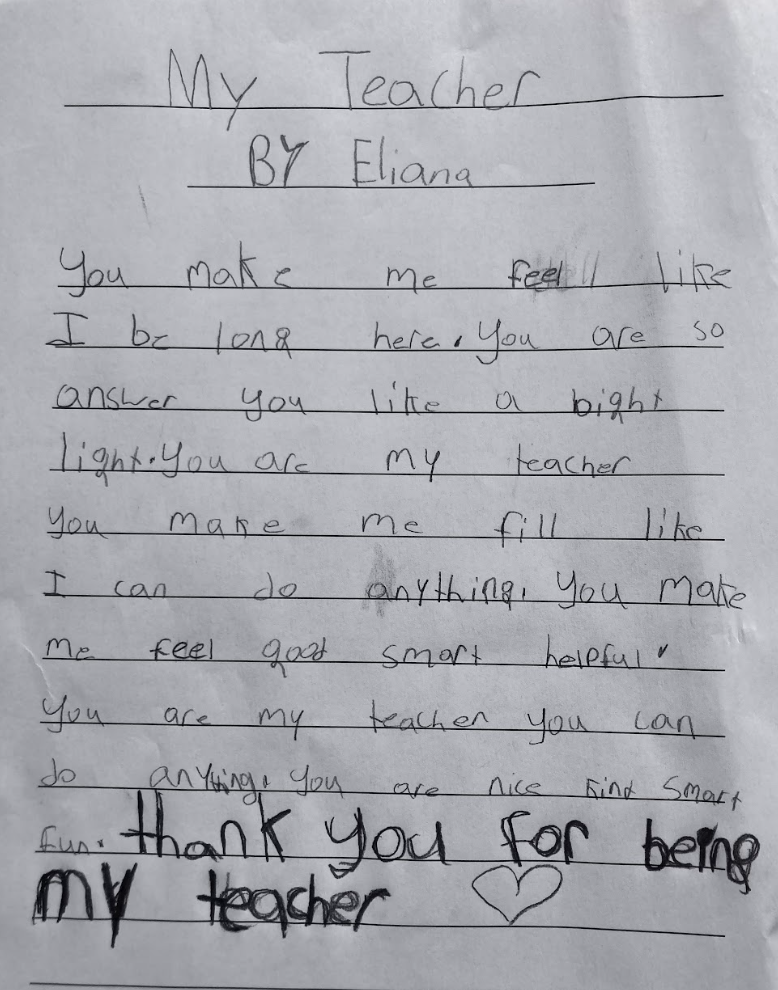
If I am being honest, the answer is probably not, at least not all of the time. Then I thought some more: Does their sense of belonging hinge on what their teachers and classmates think and do, or do students have a strong sense of identity that they can fall back on when learning gets tough or social situations go awry?
As a teacher, I can nurture each child’s individual identity and help them develop the internal strength to believe in themselves despite what others might say. However, I don’t want their sense of belonging to hinge on my actions. Rather, I want each child to know they belong because they are who they are. Their strengths, passions, aspirations, hopes, and foibles make up who they are, and their identity is something to treasure.
Thinking about fostering these ideas stayed with me all summer and has helped me think of new ways to launch literacy learning at the start of the year. Building our individual identities is something that takes a lifetime, not a few lessons at the start of the school year. However, I hope that some initial intersecting experiences will inspire students to continue nurturing their individual identities and help them create a classroom community where they make efforts to make sure everyone feels they belong.
Experience One: Launch with Picture Book Biographies
As children enter the room, most of the walls will be blank, waiting for them to fill them. But on one wall, there will be a display of photographs, picture books, and digital texts of people I hope they will meet with the title “Who Inspires You?” I’ll be sure to include books about youth activists such as Greta Thunberg, Malala Yousafzai, and Olivia Bouler, as well as picture book biographies of Martin Luther King Jr., Jane Goodall, and farmer Will Allen.
Students’ first job will be to take picture walks of these books and jot down the titles of their top two choices they would like to read. Then, in partnerships or trios, students will read these books together. During a first read, students will share with the class two or three facts about the person, hoping to entice others to read the book. Then they will reread for a deeper dive, focusing on three questions:
- What does this person care about?
- What troubles did they face?
- What did they do about those troubles?
To synthesize their learning, students will create a visual (a chart, a graphic representation, or a piece of writing) to share what they learned. Then groups will repeat this work, reading another picture book biography. Through this process I hope students expand their knowledge about what people care about and see patterns of perseverance and ingenuity when facing challenges. As kids share, I’ll be listening closely to learn more about them as readers, who inspires them, and what they care about.
Experience Two: Meet Someone New
Based on Melissa Quimby’s article and “Meet Someone New Monday: A Year-Long Celebration of Picturebook Biographies,” I’ll introduce the kids to three youth activists who are making a difference in their communities right now. The kids they will meet virtually have one thing in common—they believed in themselves and pursued their passion, despite what others thought.
Through video, Instagram posts, and newspaper articles, the kids will meet nine-year-old Cavanaugh Bell from Maryland, an activist who fights against bullying and food insecurity.
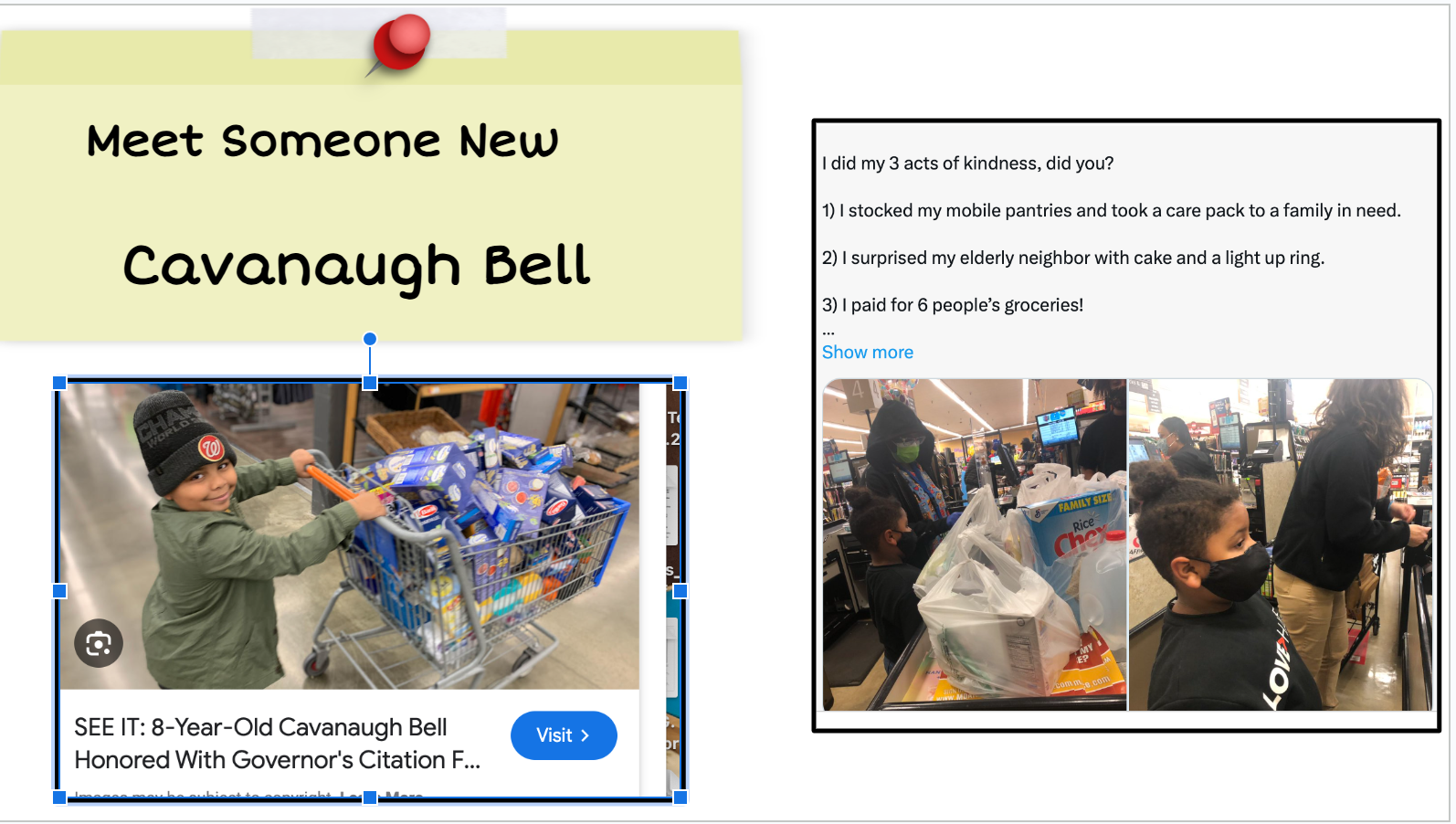
I’ll introduce them to Austin Perine, a child who at four years old started feeding chicken sandwiches to those without permanent homes in his community.
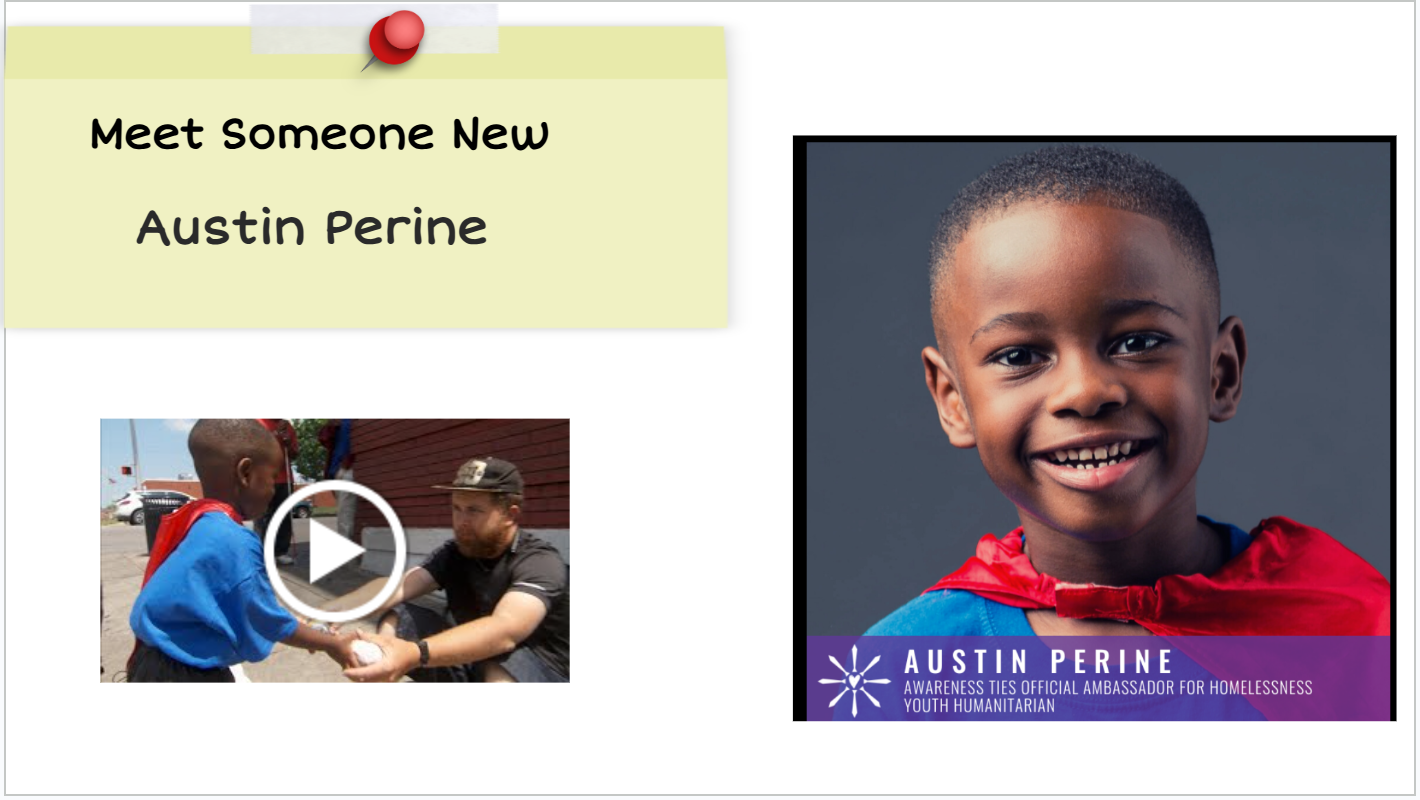
As a class we will also meet Maimouna N’diaye, age 14 and the youngest girl on Mali’s robotics team. She builds robots and wants to encourage girls to get more involved in programming.
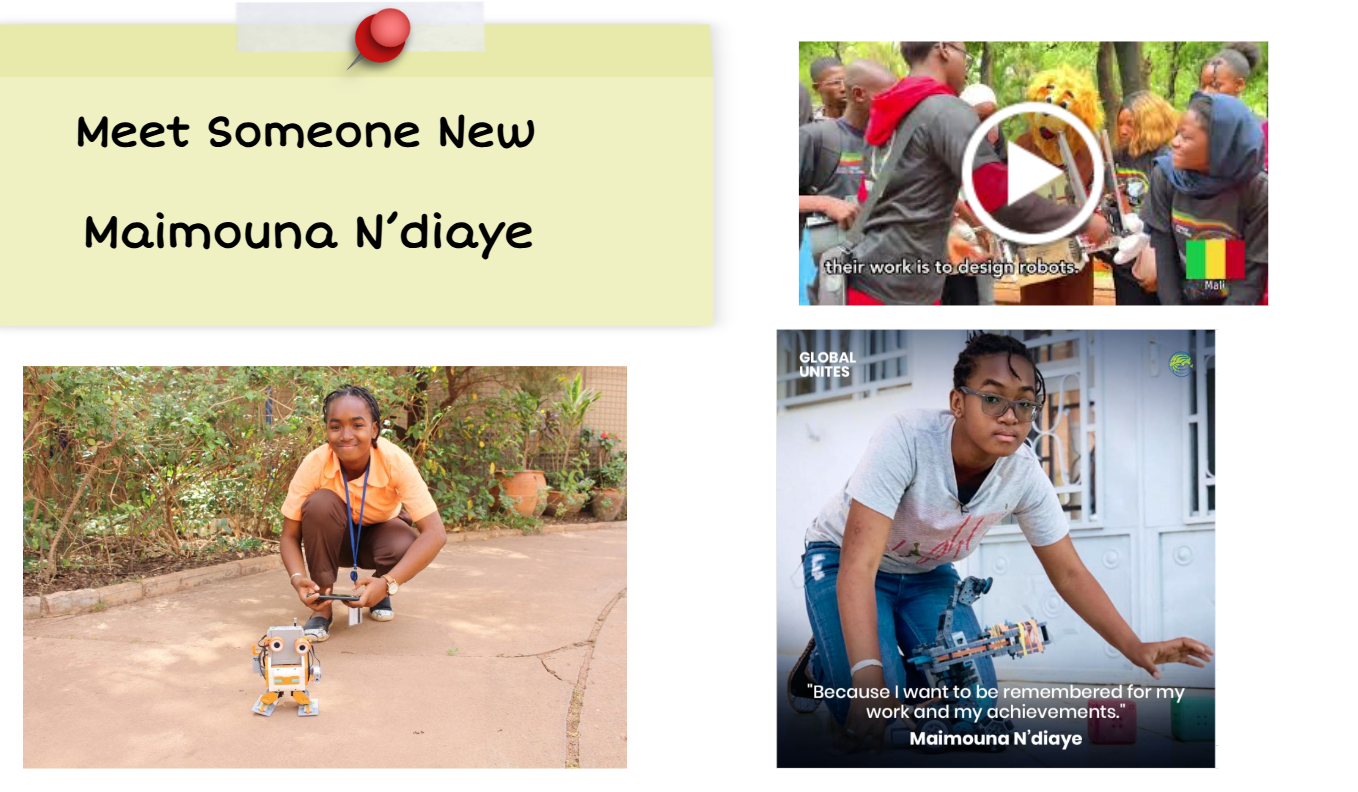
My hope is that as children learn about these young leaders, they are inspired to think more about their goals and passions and what they want to achieve.
Experience Three: Interviewing Others in the Community
As we tour the school to learn where kids will go for specials, where the nurse and custodians are, and where they will sit in the cafeteria, we will create a list of people they want to meet. Then, students will head off to interview people in the school community or at home to learn more about them. The children will generate their own questions and also incorporate the same questions they pondered when reading the picture book biographies:
- What does this person care about?
- What troubles did they face?
- What did they do about those troubles?
As kids interview and collect information and anecdotes, they’ll share what they learned with the class and add their learning to our classroom display of people who inspire us. This process is rather quick and informal. After students ask their questions, they can sketchnote to share their ideas, consolidate their information into a chart or table, or write about the person. The goal is not to create a publishable product but to learn about others and broaden their understanding of human complexity as they see that many people face obstacles and also have many passions.
Experience Four: Interviewing Each Other and Ourselves
Now that students have had time to learn about others, it’s time for them to learn about each other. With those same three questions in mind, students will spend some time creating a visual display about themselves: What do they care about, what troubles have they faced, and how did they overcome these troubles?
I hope that through this process of learning about others, students will have a chance to learn more about themselves, and to remember that belonging comes when we understand ourselves and the people around us. The more we broaden our knowledge of others and discover more about who we are and what we care about, the more our sense of belonging can grow.
Resources


